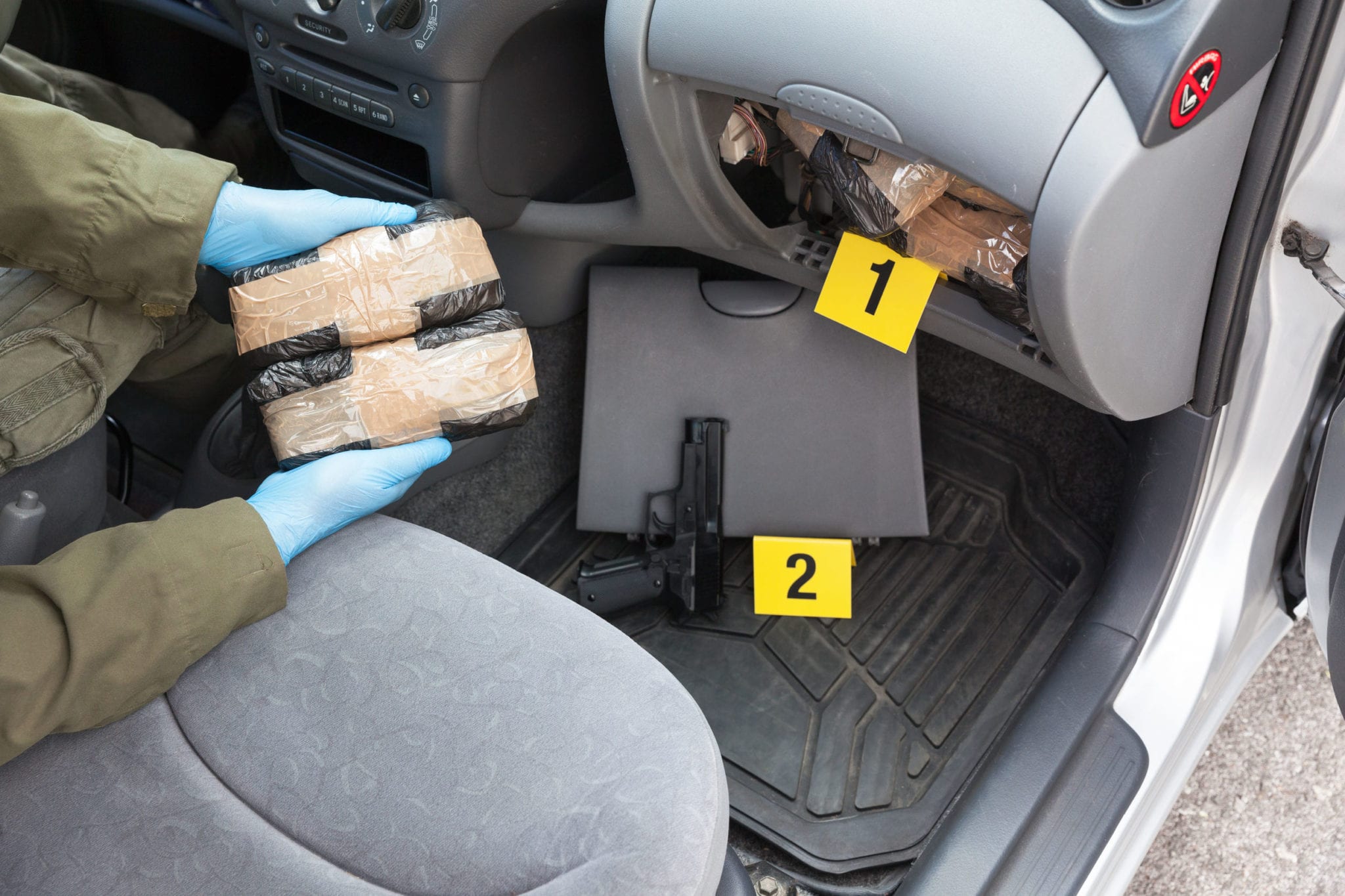
San Antonio is one of several large cities near the Mexico border experiencing drug trafficking problems due to the prevalence of “drug cartels.” The DEA and other federal law enforcement agencies have increased their presence in these cities in a combined federal/state effort to combat large-scale drug operations.
One such investigation recently led to the arrest of nine people in what investigators are calling a San Antonio-based drug trafficking and money laundering ring. Law enforcement authorities charge that the suspects have been involved in drug trafficking and money laundering on the East side of San Antonio since 2015.
All nine suspects have been indicted on two counts, including conspiracy to possess with intent to distribute cocaine and conspiracy to commit money laundering. If convicted, they could face up to life in prison for the drug trafficking charge, and up to 10 years for the money laundering charge.
Drug trafficking is one of the most serious federal offenses. Because drug trafficking almost always involves criminal activity that often crosses state and international borders, it is most often prosecuted federally. Federal sentencing guidelines and judges are notorious for strictly enforcing harsh mandatory minimums and often for imposing the maximum possible penalties.
Unfortunately, it is easy to be charged with drug trafficking – possessing of large quantities of drugs or distributing drugs among friends can lead to drug trafficking charges – even if you are not part of a major operation such as the suspects mentioned above.
Below, we take a look at federal drug trafficking sentencing and penalties, and related charges common in drug trafficking rings such as the San Antonio operation.
How the Law Defines Possession with Intent to Distribute
Under federal law, it is illegal to possess a controlled substance with the intent to distribute or deliver it elsewhere. This is commonly referred to as drug trafficking. To better understand the elements of this offense, it is helpful to break it into three parts: possession, intent to distribute, and possession with intent to distribute.
Possession
Possession of controlled substances is illegal at the state and federal levels. Possession can be either actual or constructive possession.
In actual possession, the substance is found on the defendant’s person. This means that the defendant is in actual physical possession of the substance at the time of arrest.
In constructive possession, the substance is within the defendant’s control. For example, a defendant is in constructive possession of substances found in their home or car. This could also entail drugs at a separate location, such as a stash house.

Intent to Distribute
Under the intent to distribute component, the prosecution must prove that the defendant’s possession of drugs involved planning or intent to distribute, deliver, transport, or sell the drugs.
The intent to distribute is typically assumed when the amount of substance in question is too large to be for strictly personal use. However, other indications that the defendant intended to distribute, such as packaging materials, large amounts of money, or communications with customers are also often used as evidence
Possession with Intent to Distribute
In order to be charged with possession with intent to distribute, the possession and intent to distribute elements must occur at the same time.
For example, if a defendant intends to sell a large amount of a controlled substance but isn’t yet in possession of the substance at the time of the arrest, he or she cannot be charged with this crime based solely on intent. This is where related charges such as conspiracy to possess with intent to distribute or attempt to possess with intent to distribute come in.
Conspiracy to Distribute
Large drug trafficking rings are highly efficient operations, and most participants are not in possession of controlled substances for significant periods of time – or, for high-ranking members, at all.
In order to bust drug trafficking rings, prosecutors often charge defendants instead with conspiracy to distribute. This means that the defendant(s) played an active role, along with another person, in the plan to possess and distribute a controlled substance.
Importantly, in a conspiracy, a crime does not actually have to take place. The prosecution only need prove that there was collaboration between two or more individuals with intent to commit a crime.
Federal Drug Trafficking Penalties
Federal drug trafficking sentencing guidelines are based on the type and amount of the substance(s) in question, prior offenses, and whether anyone was seriously injured or killed as a result of the offense.

Generally speaking, first-time offenders face a mandatory minimum of 10 years, while repeat offenders can be sentenced to 20 years – or even life in prison.
If that sounds bad, it is. However, a drug trafficking charge or investigation does not equate to a conviction. Depending on the specifics of the alleged offense and evidence against you, a number of defense strategies may be available to help your case.



